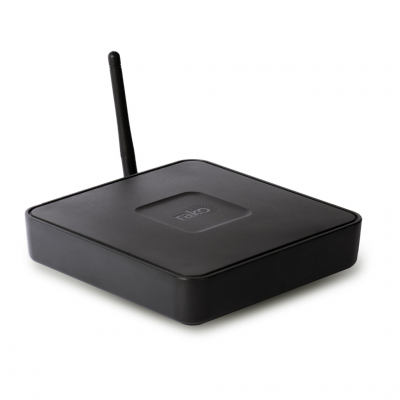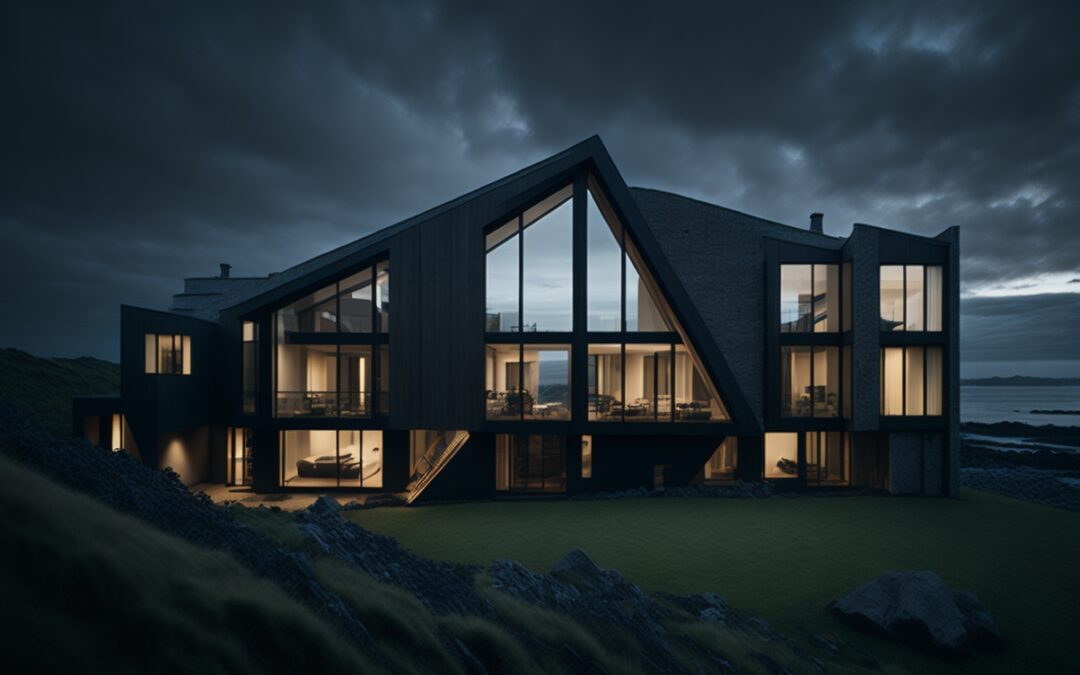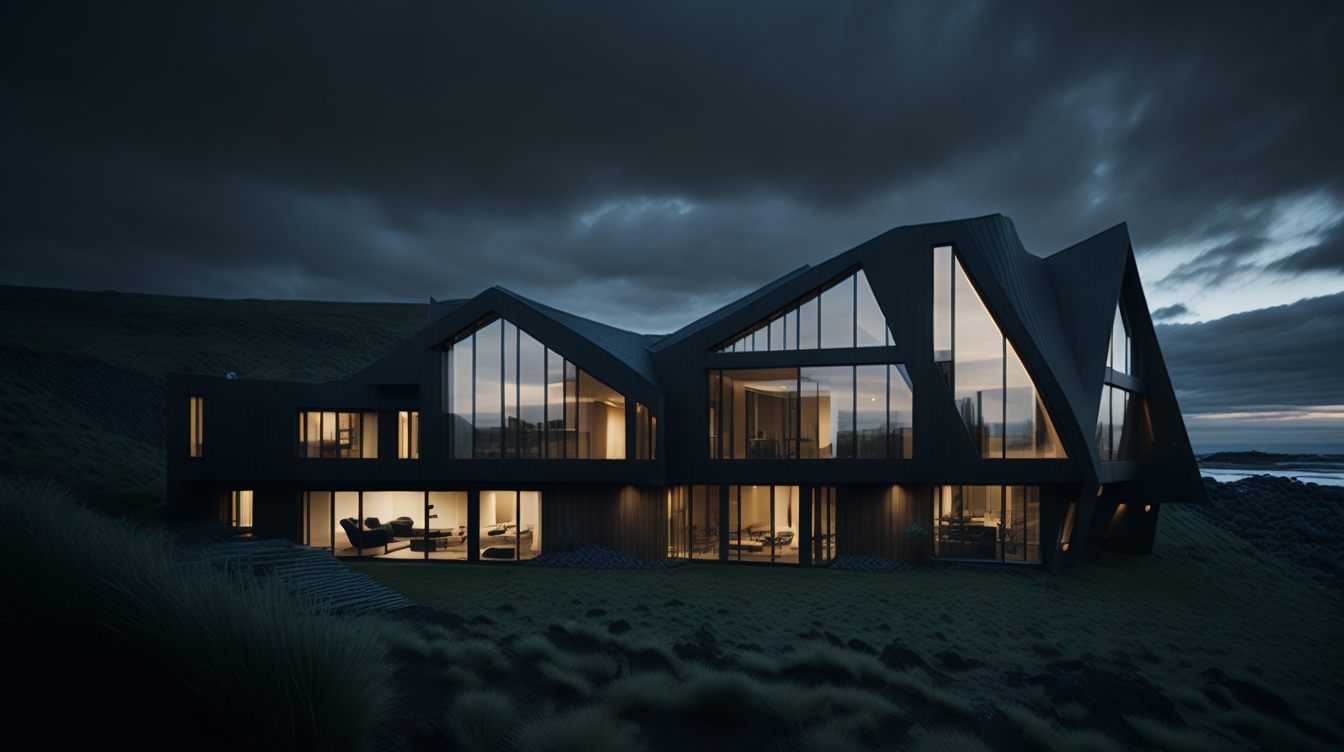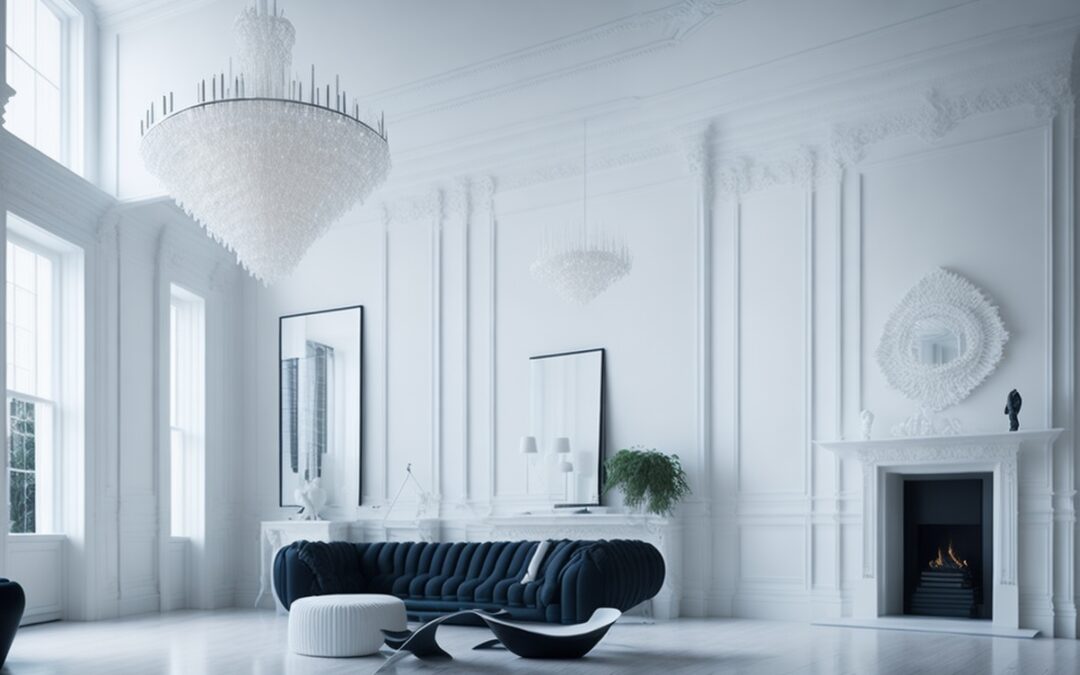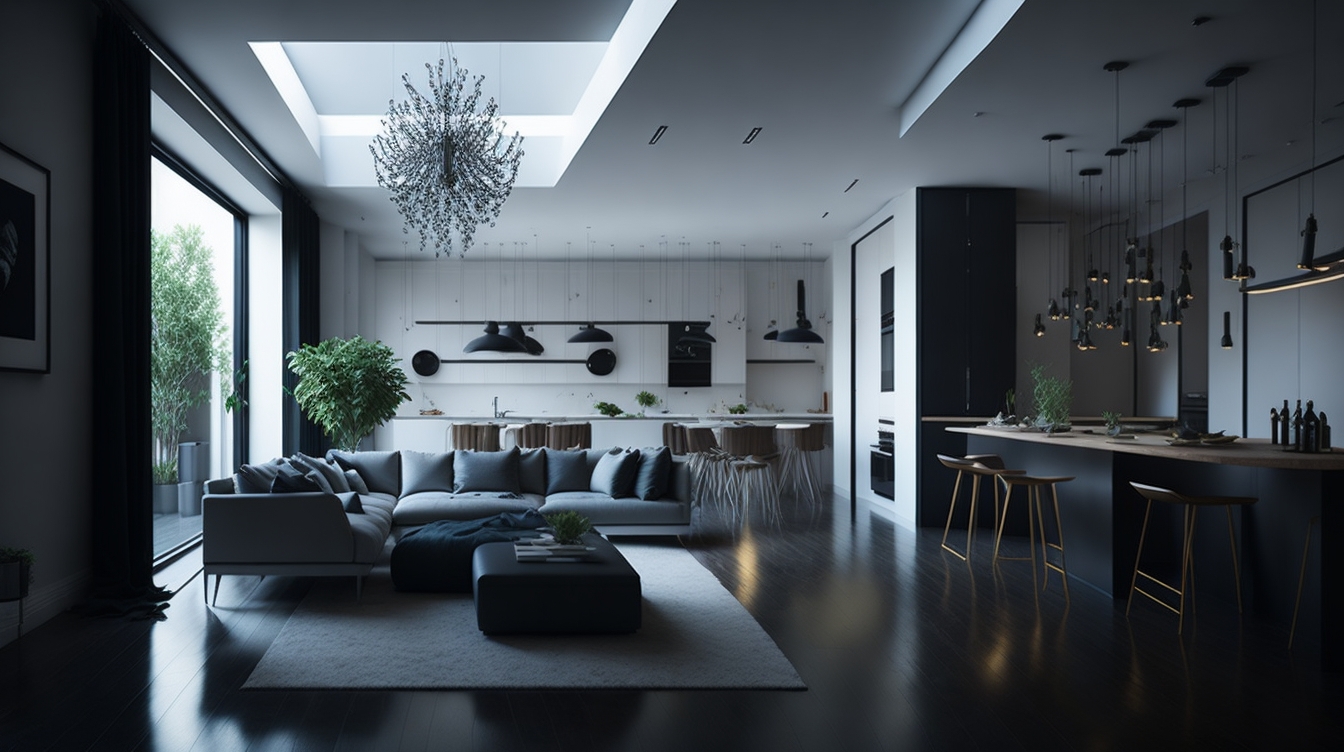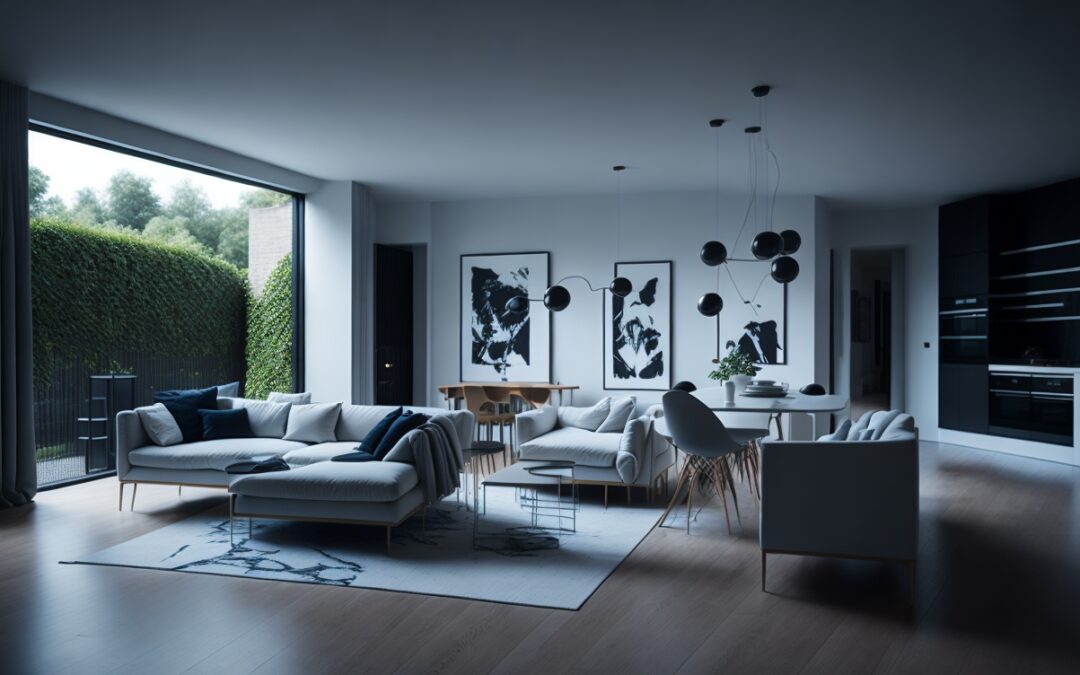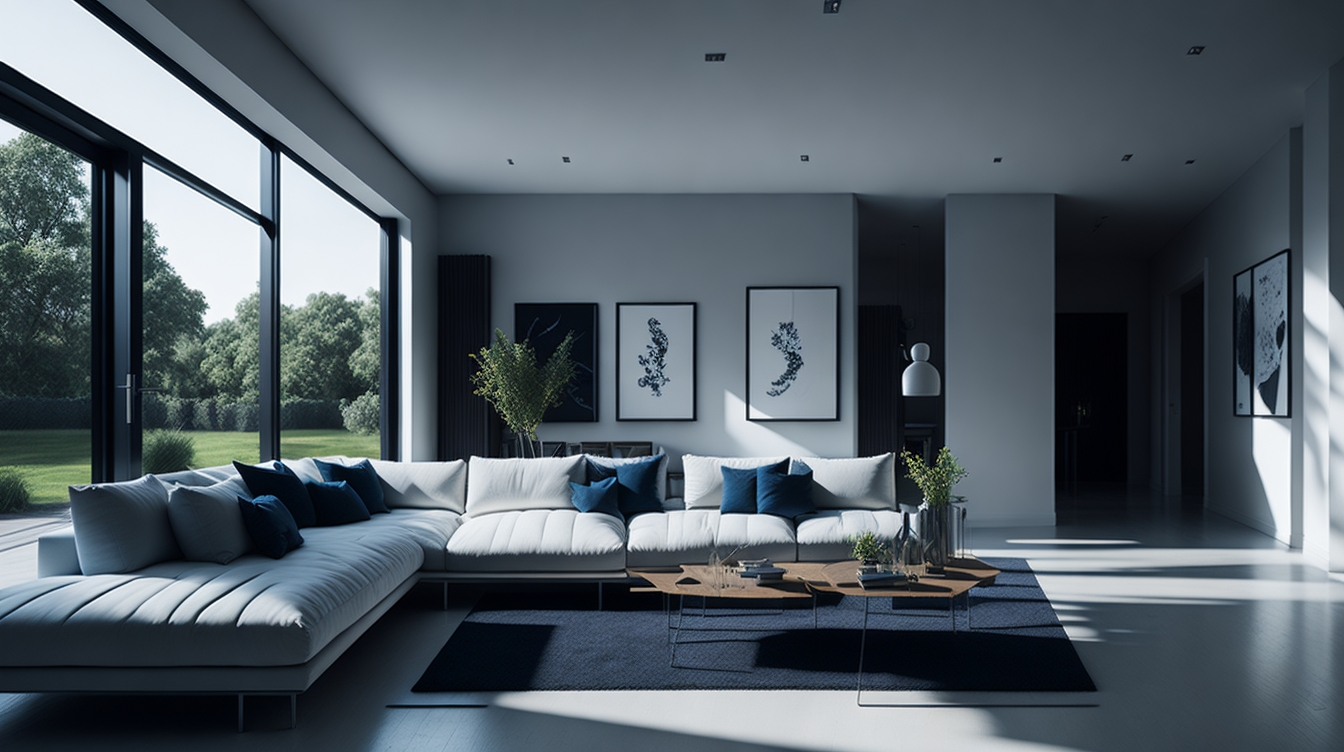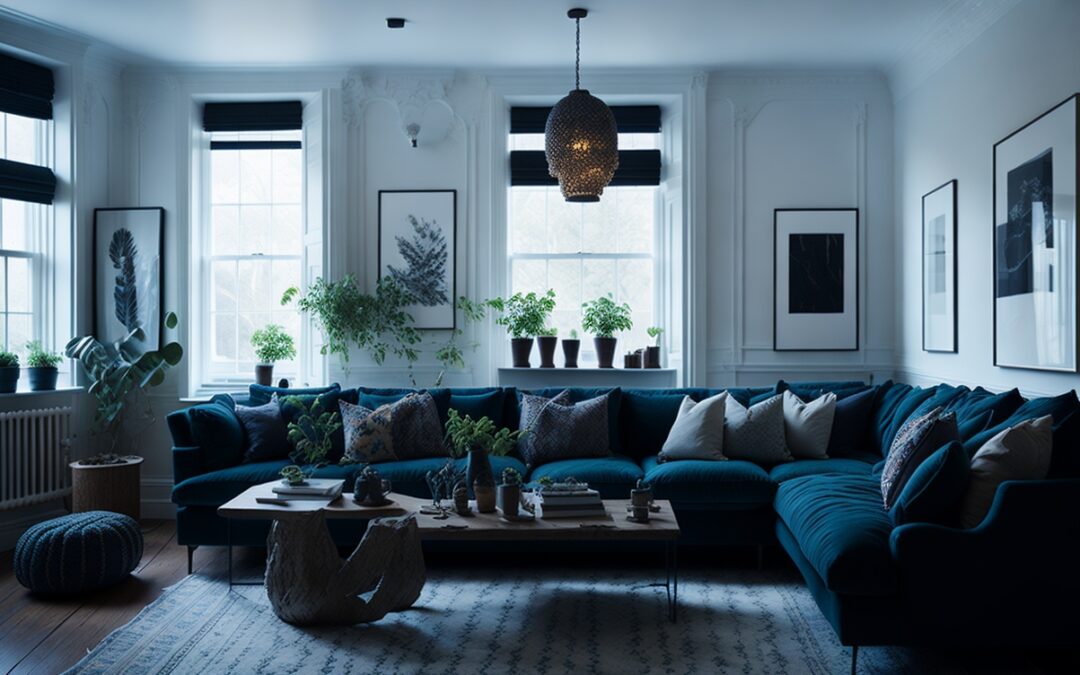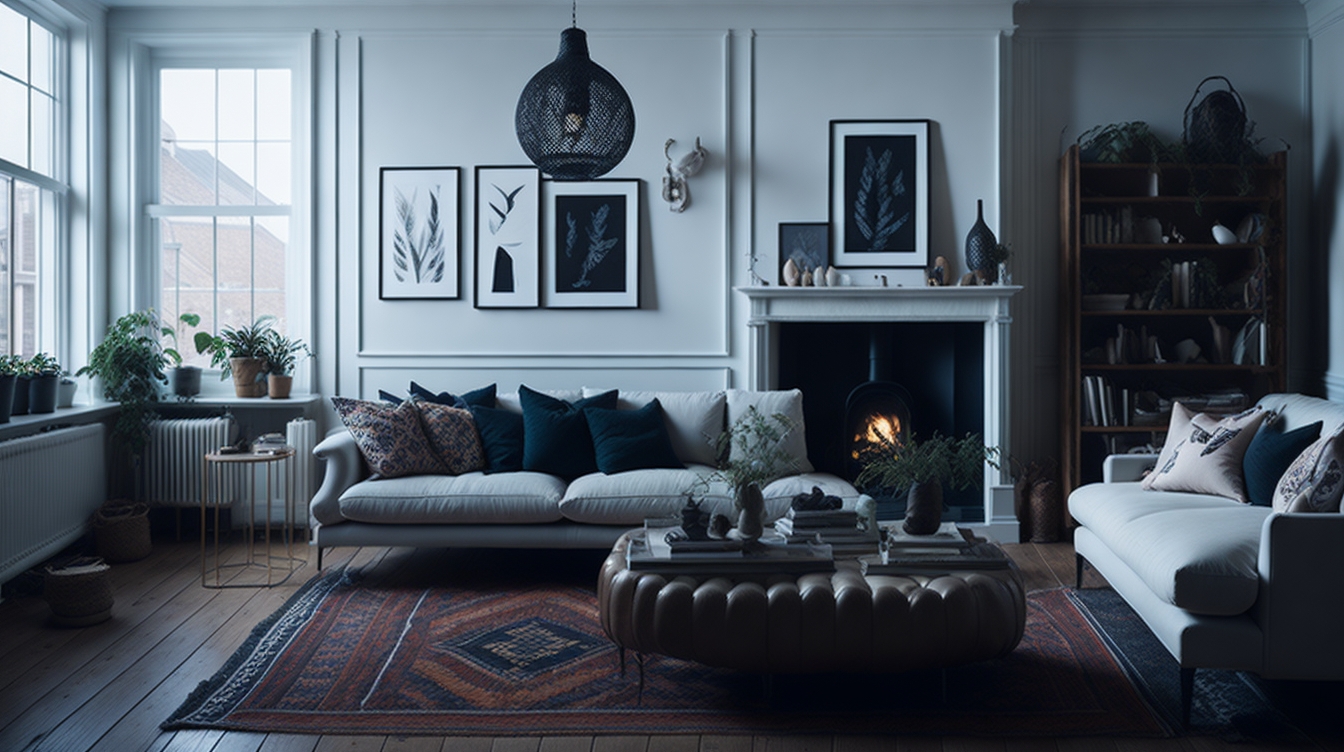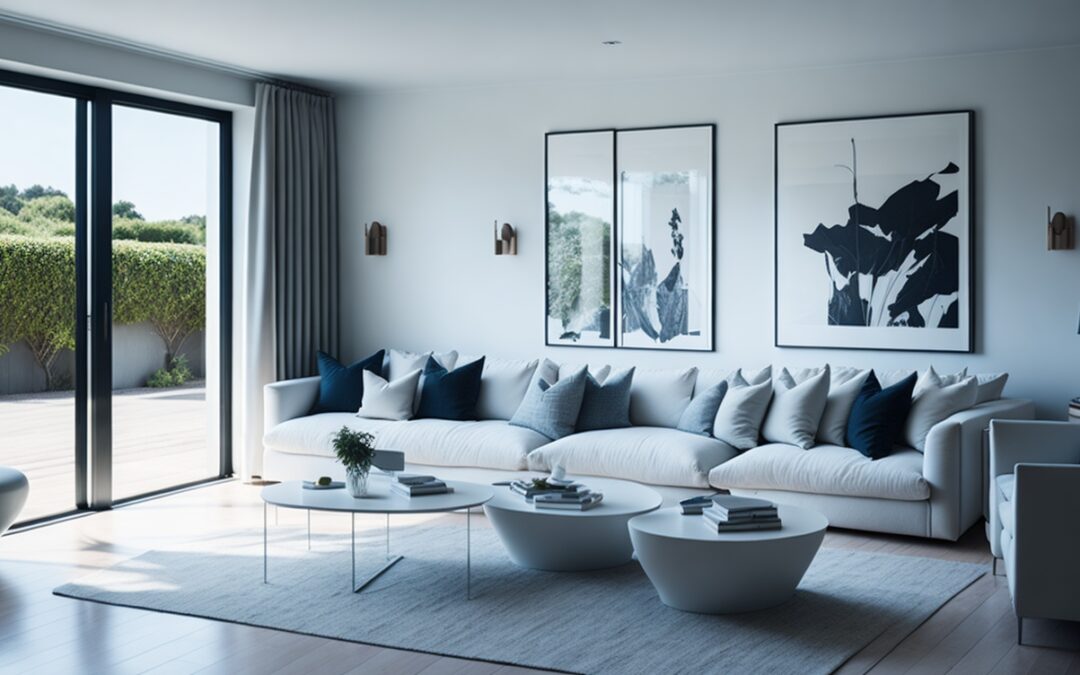
Transforming Spaces: A Guide to Contemporary UK Residential Lighting Design
Transforming Spaces: A Guide to Contemporary UK Residential Lighting Design
Lighting plays a crucial role in shaping the ambiance and mood of a space, and contemporary UK residential lighting design is at the forefront of redefining how lighting can transform homes. This guide delves into the world of bespoke lighting design, its impact on residential interiors, and how homeowners can collaborate with professionals to bring their vision to life.
The Art of Lighting Design
Lighting designers possess the skills and vision to create bespoke lighting schemes tailored to clients’ needs and preferences. These professionals understand the complex interplay between light, space, and texture. By carefully considering factors such as light intensity, color temperature, and fixture placement, a well-designed lighting plan can drastically enhance interior spaces and create a welcoming atmosphere.
In contemporary UK residential lighting design, designers employ multiple layers of light – ambient, task, and accent – to achieve an elegant and functional balance. The use of cutting-edge technologies and energy-efficient solutions, such as LED lighting and smart home systems, enhances not only the aesthetics but also the long-term sustainability of residential spaces.
Quality and Selection: Brands and Designers to Consider
The range and quality of lighting fittings available for contemporary designs in the UK are vast. From sleek pendants and sculptural chandeliers to discreet recessed downlights and decorative wall sconces, homeowners have an incredible variety of options to choose from.
Among the trusted brands and designers, the following offer distinctive and innovative lighting solutions:
- Tom Dixon: Known for their uniquely sculptural and bold designs, Tom Dixon’s lights are considered modern classics and can make a striking focal point in any contemporary space.
- Flos: A leading Italian manufacturer of designer lights, Flos offers elegant and minimalist fixtures that effortlessly blend with contemporary UK residential design styles.
- Astro Lighting: With a focus on both form and function, Astro Lighting produces a diverse array of products that complement modern homes and capture the essence of UK style and sensibility.
Case Study – A Contemporary Lighting Project
A prime example of contemporary UK residential lighting design at work is a recent project in a renovated Victorian home in South London. The primary challenge in this project was to balance the preservation of the historic character with the introduction of modern lighting concepts.
Working in close collaboration with the homeowners, the lighting designer devised a plan that introduced multiple layers and sources of light throughout the house. The thoughtful integration of ambient, accent, and task lighting not only met the functional needs but also enhanced both the contemporary and period features of the residence.
As a result, the homeowners achieved a space that encapsulates the sophistication and timelessness of Victorian architecture, merged with the innovation and adaptability of contemporary UK residential lighting design.
The Client’s Role in Lighting Design
Having a clear communication channel and understanding between clients and designers is paramount to achieving the desired outcome. Homeowners should commence their journey into contemporary UK residential lighting design by researching and identifying their preferred styles and applications.
To make the collaboration seamless, clients can:
- Collect images, sketches, and other visual aids that portray their desired lighting effects and share them with the designer.
- Consider the mood and atmosphere they wish to create for each space and communicate this to the designer, ensuring all functional requirements are met.
- Discuss any preferences for specific materials, finishes, and fixtures to align with the overall design scheme.
Beyond Residential Spaces: Lighting Principles in Commercial Design
The principles of contemporary UK residential lighting design extend beyond homes, shaping the lighting concepts in commercial spaces such as retail stores and hotels. Retail lighting often combines functional and aesthetic elements to create a cohesive and engaging atmosphere, while hotel lighting design focuses on enhancing guest experiences through ambient and task lighting solutions, resulting in a warm and inviting ambiance.
The Future of Lighting Design: Trends and Innovations
As technology continues to evolve, the future of contemporary UK residential lighting design promises to be exciting and transformative. Some anticipated trends and innovations include:
- Increased integration of smart home technologies, allowing homeowners to control and adapt their lighting remotely and personalize their spaces.
- The adoption of human-centric lighting, which tailors the color temperature and intensity of light throughout the day to mimic natural circadian rhythms, fostering wellbeing.
- The rise of more sustainable practices, including energy-efficient lighting solutions and the incorporation of LED lights in novel applications.
Lighting Controls: Harnessing the Power of Mood, Dimming, and App Control
In contemporary UK residential lighting design, sophisticated lighting controls play a critical role in enabling homeowners to create versatile spaces tailored to their needs and preferences. By implementing controls such as mood lighting, dimming, and app control, residents can easily adapt their environments to suit any occasion, ensuring both comfort and aesthetic appeal.
Mood Lighting
Mood lighting is a concept that centers on the manipulation of light levels to evoke specific emotions and feelings within the space. By employing various combinations of light sources, intensities, and colors, mood lighting can transform the atmosphere of a room, enabling residents to customize their experience.
Homeowners can use mood lighting to create distinct scenes throughout their homes, such as a cozy reading corner with warm, diffused light or a lively, energetic kitchen with bright, natural light. The flexibility of mood lighting makes it an indispensable tool for contemporary UK residential lighting design.
Light Dimming
Dimming is an essential feature for both mood lighting and energy efficiency. Dimmable light fixtures allow homeowners to regulate light levels, producing the perfect atmosphere while saving energy.
Whether it’s setting an intimate ambiance for a dinner party, creating a relaxing environment for a movie night, or providing optimal task lighting for a home office, dimmable lighting fixtures can seamlessly cater to varying requirements.
Choose LED-compatible dimmers when working with LED lighting solutions, as they are specifically designed to handle the lower wattage of LED bulbs and prevent flickering or reduced lifespan.
Lighting App Control
The integration of smart home technologies and app-controlled lighting systems have revolutionized the way homeowners interact with their living spaces. These innovative solutions allow users to control their lighting remotely through smartphones or tablets, offering unparalleled convenience and customization options.
With app-controlled lighting, homeowners can:
- Adjust the brightness, color temperature, and even color of their lighting, creating a personalized atmosphere at their fingertips.
- Schedule lighting routines that cater to their daily activities, promoting energy efficiency and enhancing their quality of life.
- Control not only individual fixtures but also entire lighting zones, enabling the seamless transition of scenarios across the home.
The incorporation of lighting controls like mood lighting, dimming, and app control serves as a testament to the versatility and adaptability of contemporary UK residential lighting design. By harnessing these cutting-edge technologies, homeowners can effortlessly tailor their living spaces to their unique needs and preferences, achieving both beauty and functionality in the process.
Conclusion
Contemporary UK residential lighting design has the power to reshape and elevate living spaces, creating awe-inspiring and comforting atmospheres that cater to the inhabitants’ needs. By engaging with professional lighting designers, homeowners can better understand the diverse applications and innovations available to them, ultimately unlocking the full potential of their spaces.
FAQ
What is the role of lighting design in contemporary UK residential spaces?
Lighting plays a crucial role in shaping the ambiance and mood of a space. Contemporary UK residential lighting design is at the forefront of redefining how lighting can transform homes. It involves the use of multiple layers of light – ambient, task, and accent – to achieve an elegant and functional balance.
What are some trusted brands and designers for contemporary lighting designs in the UK?
Some of the trusted brands and designers for contemporary lighting designs in the UK include Tom Dixon, known for their uniquely sculptural and bold designs, Flos, a leading Italian manufacturer of designer lights, and Astro Lighting, which focuses on both form and function.
What is the client’s role in lighting design?
The client plays a significant role in lighting design. Clear communication and understanding between clients and designers is paramount to achieving the desired outcome. Clients should research and identify their preferred styles and applications, share visual aids that portray their desired lighting effects, and discuss their preferences for specific materials, finishes, and fixtures.
What are the future trends and innovations in lighting design?
As technology continues to evolve, the future of contemporary UK residential lighting design promises to be exciting and transformative. Some anticipated trends and innovations include increased integration of smart home technologies, the adoption of human-centric lighting, and the rise of more sustainable practices.
What is the role of lighting controls in contemporary UK residential lighting design?
In contemporary UK residential lighting design, sophisticated lighting controls play a critical role in enabling homeowners to create versatile spaces tailored to their needs and preferences. These controls include mood lighting, dimming, and app control, allowing residents to easily adapt their environments to suit any occasion.
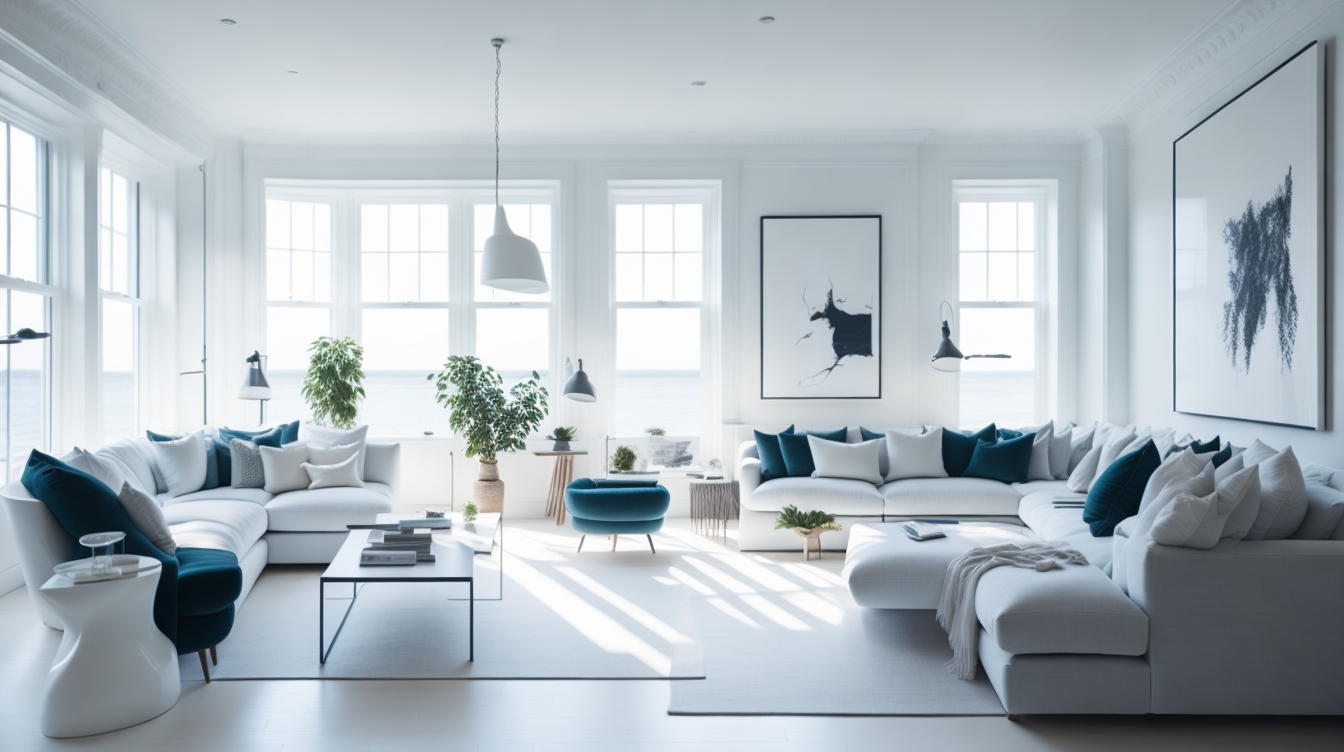
Rako Lighting Controls Systems
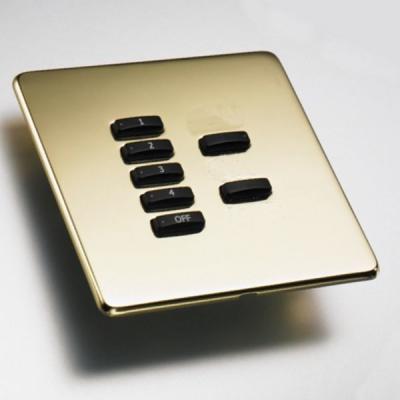
Rako Keypads
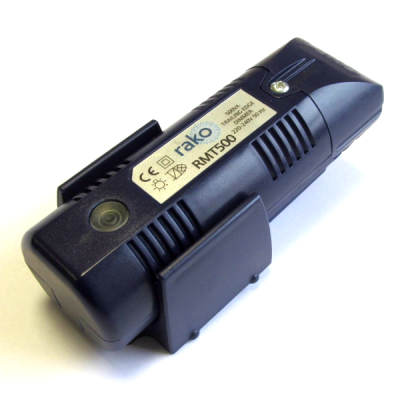
Rako Dimmers
